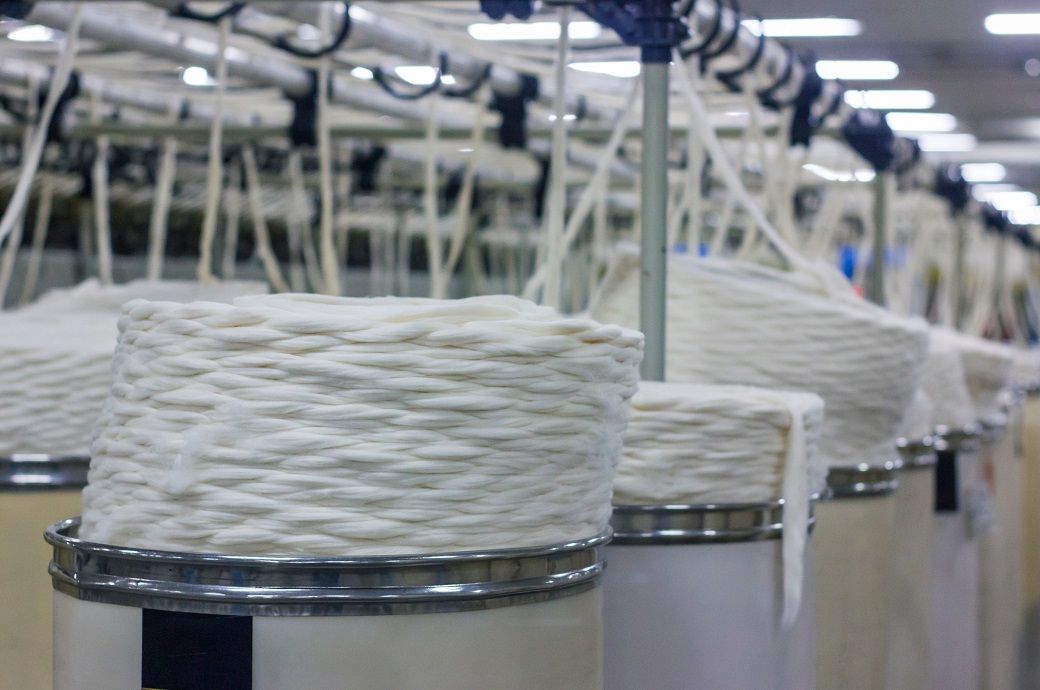
The ICE cotton July 2025 contract settled at 65.63 cents per pound (0.453 kg), down 0.44 cent from the previous day. The December 2025 contract settled at 68.26 cents, down 45 points. Both July and December 2025 contracts have recorded 15 lower closes in the last 20 sessions, reflecting a net loss of 354 points for July and 211 points for December. This indicates a consistently weak trend.
ICE cotton futures fell on Thursday amid weak US exports, a stronger dollar, and lingering US-China trade uncertainties.
Despite expectations of lower cotton acreage, prices remain under pressure due to sluggish global demand.
The July and December 2025 contracts have posted 15 losses in the last 20 sessions.
Crude oil decline, poor shipment fulfilment and tariff concerns further weigh on sentiment.
The US dollar index rose by 0.3 per cent, making US cotton more expensive for overseas buyers and discouraging global demand.
Crude oil fell by over 1 per cent amid reports that OPEC+ might increase production in July, raising concerns of a supply overhang and lowering energy prices. Falling oil prices reduce the cost of synthetic fibres, which compete with cotton, thereby indirectly affecting cotton demand by shifting consumption preferences.
Total trading volume stood at 29,275 contracts, while only 26,661 contracts were cleared—marking the lowest daily cleared volume of 2025 so far.
Key bearish factors include a stronger US dollar, poor export shipments, and ongoing US-China tariff uncertainties, all of which are pressuring market sentiment.
Market analysts said that old Trump-era tariffs continue to cloud trade sentiment, and there is still no clarity on what the tariff “pause” really means. A 90-day tariff pause by President Trump ends in July, prompting buyers to potentially advance shipments before the deadline, creating temporary demand but also market confusion.
The USDA’s weekly export sales report showed net upland cotton sales trending upward, but actual exports were just 251,500 RB—down 24 per cent from the previous week and 27 per cent below the four-week average—highlighting poor shipment fulfilment despite improved bookings.
Market participants expect lower US cotton acreage to support prices, assuming tighter future supply, especially with weather risks during the planting period. However, analysts said that acreage reduction alone will not drive prices higher without solid global demand, reinforcing that demand remains the key price driver.
Grain markets also weakened, with Chicago wheat falling after short-covering, and corn and soybean prices sliding due to limited weather threats in the Northern Hemisphere.
At present, ICE cotton for July 2025 is trading at 65.59 cents per pound (down 0.04 cent), cash cotton at 63.88 cents (down 0.44 cent), the October 2025 contract at 68.18 cents (down 0.47 cent), the December 2025 contract at 68.22 cents (down 0.04 cent), the March 2026 contract at 69.50 cents per pound (down 0.13 cent), and the May 2026 contract at 70.54 cents (down 0.49 cent). A few contracts remained at their previous closing levels, with no trading recorded today.
Fibre2Fashion News Desk (KUL)




